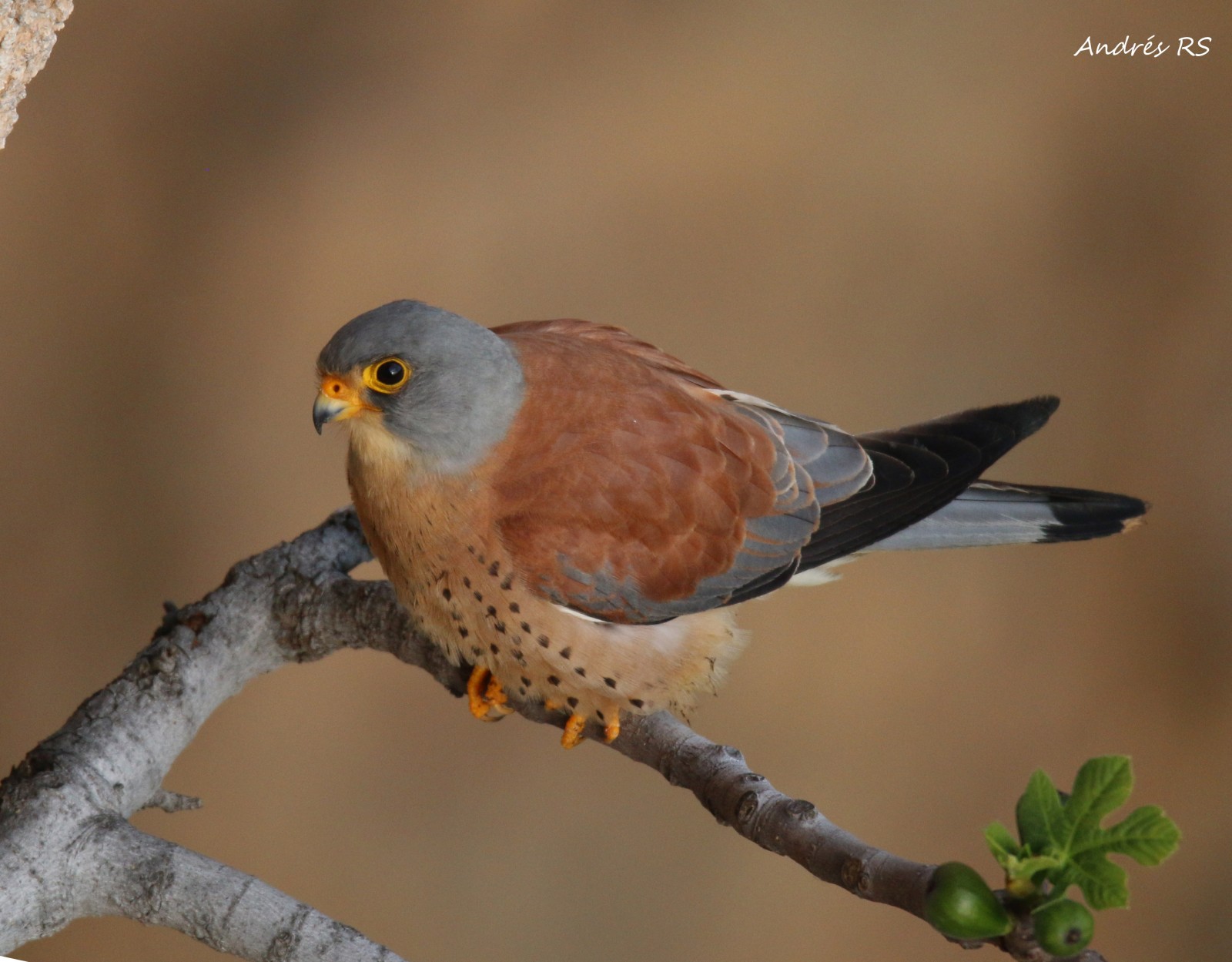Opis
At the Castle viewpoints sęp płowy will appear a few meters from the observers and in good numbers, with the possibility of observing their nests. At any moment the sep plamisty or the Black Vulture can appear above your heads, even the ścierwnik. In addition, a migration route crosses the town above, giving the opportunity to observe numerous different species of raptors. Other species that frequently hunt on the edge of town are sokół wędrowny, orzełek and gadożer.
It is possible to find modrak and bialorzytka zalobna even on the streets and rooftops, these are chosen by thousands of jerzyk blady to breed. Many jaskólka skalna arrive every evening. You can also see a large number of wróbel skalny and there are some pairs of jerzyk alpejski. Another species somewhat more difficult to detect is the płochacz halny that visits every winter or the głuszek.
In the green areas of the town there is the possibility of encountering many passerines, one of these species could be the krzyżodziób świerkowy, which is more common during winter.
In the Blas Infante Cultural Center another very special bird is present during the summer period, the pustułeczka. The wronczyk flies in the vicinity. During the nights these same streets of the town are owned by puchacz.
_________________________
Espagnol: El pueblo Casares cuenta con varios miradores y rincones donde es posible observar numerosas especies. En los miradores del Castillo el sęp płowy aparecerá a pocos metros de los observadores y en buenas cantidades, con posibilidad de observar sus nidos. En cualquier momento pueden aparecer sobre nuestras cabezas el sep plamisty o el Black Vulture, incluso el ścierwnik. Además, una vía de migración atraviesa el pueblo por encima, dando oportunidad de observar numerosas especies distintas de rapaces. Otras especies que cazan con frecuencia en los límites del pueblo son el sokół wędrowny , el orzełek y la gadożer .
Al haber existencia de cortados en el área es posible encontrar al modrak y la bialorzytka zalobna incluso en las calles y tejados, estos mismos son elegidos por miles de jerzyk blady para criar. En los cortados se reproducen otras tantas especies como el jaskólka skalna, como más destacable, crían aquí y llegan cada atardecer gran cantidad de ejemplares de wróbel skalny, existen algunas parejas de jerzyk alpejski. Otra especie algo más difícil de detectar es el płochacz halny que todos los inviernos los visita o el głuszek.
En las zonas verdes del pueblo se da la posibilidad de encontrarte con muchos paseriformes, uno de estas especies podría ser el krzyżodziób świerkowy, que es más común durante el invierno.
En el Centro cultural Blas Infante otro ave muy especial está durante el periodo estival, el pustułeczka. La wronczyk vuela por las cercanías. Durante las noches estas mismas calles del pueblo son propiedad del puchacz.
Szczegóły
Dostęp
The village can be accessed coming from the A-377 from Manilva or in the opposite direction from Gaucín, but taking the exit towards the A-7150. Another way is going up from the MA8300 from Casares costa or the track that comes from Estepona to the MA8300 itself.
_________________________
Espagnol: Se puede acceder viniendo por la A-377 desde Manilva o en sentido contrario desde Gaucín, pero tomando la salida hacia la A-7150. Otra forma es subiendo desde la MA8300 desde Casares costa o la pista que viene desde Estepona hasta la propia MA8300.





